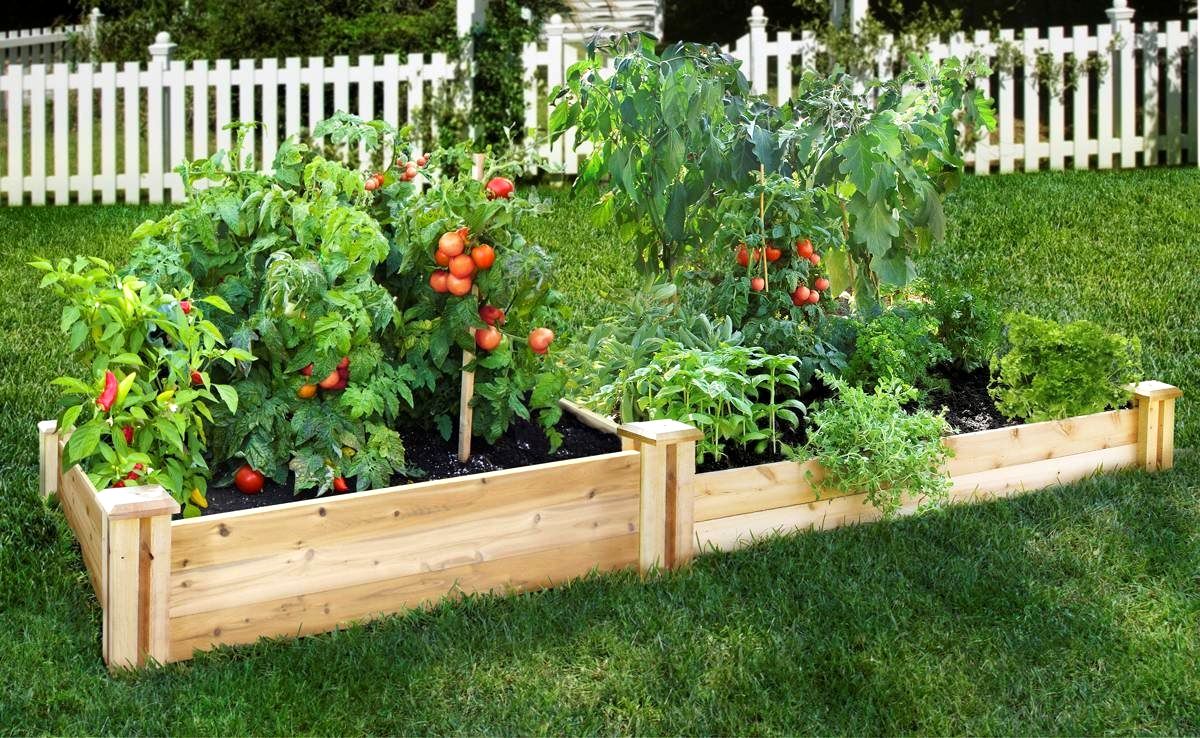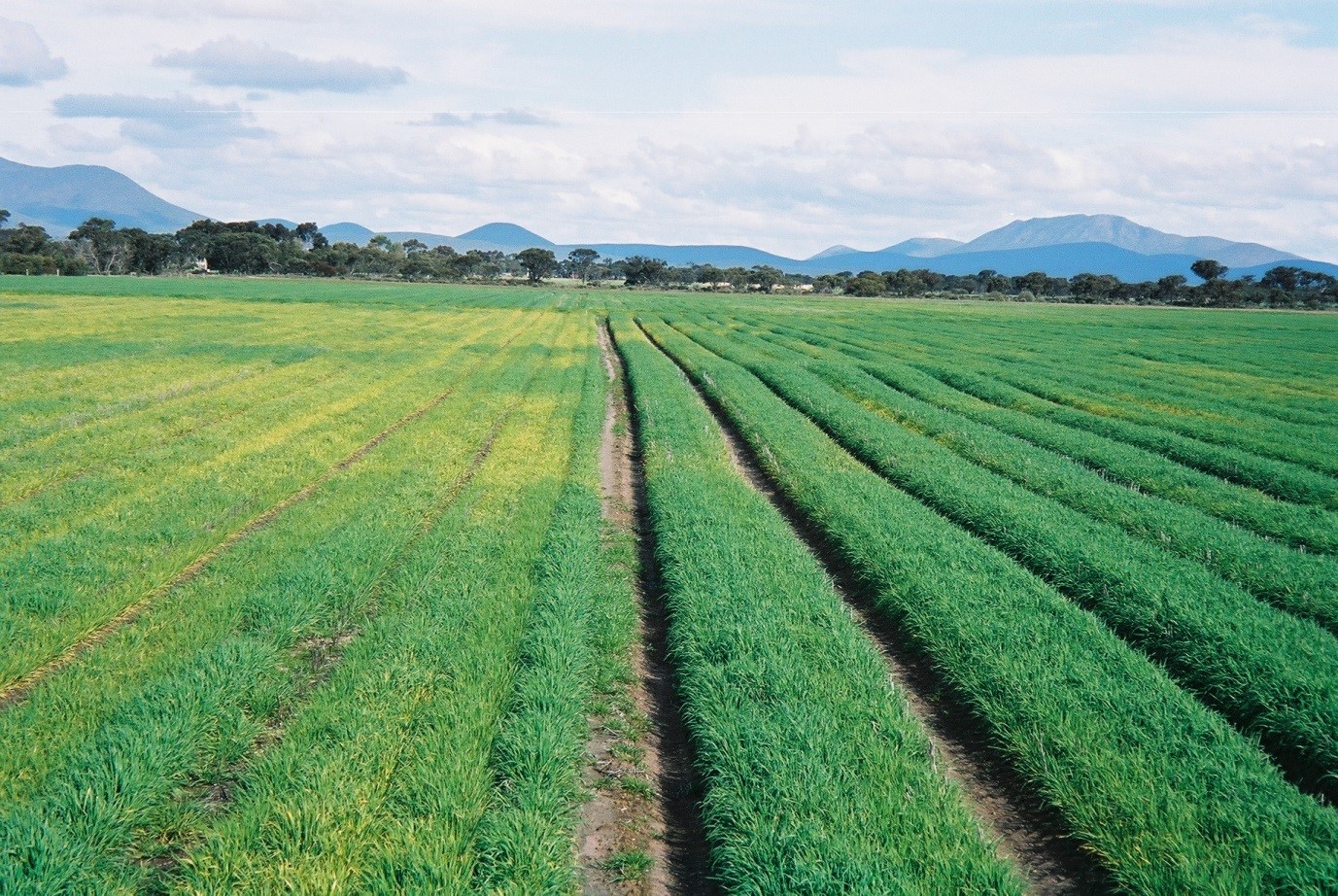Best Veggies for Raised Beds: Boost Your Garden

Imagine transforming your backyard into a lush, thriving oasis of fresh, homegrown vegetables. Raised garden beds make this dream a reality, offering a controlled environment that's perfect for cultivating a variety of crops. But with so many options, how do you choose the best vegetables to grow in a raised garden bed? Let's dive in and explore the top picks, along with tips on garden layout, soil preparation, and more.
Why Choose Raised Beds for Your Garden?
Raised beds offer numerous advantages over traditional in-ground gardens. They provide better drainage, prevent soil compaction, and make it easier to control soil quality. Plus, they're easier on your back and knees, as you don't have to bend down as far to tend to your plants.
Top Veggies for Raised Beds
Leafy Greens
Lettuce and Spinach
Leafy greens like lettuce and spinach are some of the easiest vegetables to grow in raised beds. They thrive in cooler temperatures and can be harvested multiple times throughout the growing season.
- Soil Preparation: Ensure your soil is rich in organic matter and well-draining.
- Planting: Sow seeds directly into the bed, spacing them about 4-6 inches apart.
- Care: Keep the soil consistently moist but not waterlogged.
Root Vegetables
Carrots and Radishes
Root vegetables like carrots and radishes are excellent choices for raised beds. The loose, well-draining soil in raised beds allows these veggies to grow straight and strong.
- Soil Preparation: Ensure the soil is loose and free of rocks or debris.
- Planting: Sow seeds directly into the bed, spacing them about 2-3 inches apart.
- Care: Keep the soil evenly moist and thin seedlings as needed to prevent overcrowding.
Fruiting Vegetables
Tomatoes and Peppers
Fruiting vegetables like tomatoes and peppers love the warm, well-draining soil of raised beds. These heat-loving plants produce abundantly when given the right conditions.
- Soil Preparation: Add plenty of compost to the soil to ensure it's rich in nutrients.
- Planting: Plant seedlings about 18-24 inches apart to allow for proper air circulation.
- Care: Water deeply and consistently, and provide support structures like cages or stakes for tomatoes.
Alliums
Onions and Garlic
Alliums like onions and garlic are hardy and low-maintenance, making them perfect for raised beds. They also help deter pests from other plants in your garden.
- Soil Preparation: Ensure the soil is well-draining and rich in organic matter.
- Planting: Plant bulbs or sets about 4-6 inches apart.
- Care: Keep the soil consistently moist and provide plenty of sunlight.
Planning Your Garden Layout
When designing your garden layout, consider the size and growth habits of each plant. Tall, vining plants like tomatoes should be placed at the back of the bed to avoid shading smaller plants. Leafy greens and root vegetables can be planted in the front or between taller plants.

Preparing Your Soil
Soil preparation is crucial for the success of your raised bed garden. Start with a high-quality, well-draining soil mix. Add plenty of compost to enrich the soil with nutrients. Test your soil pH and adjust as needed to suit the specific needs of your chosen vegetables.
Caring for Your Raised Bed Garden
Regular care is essential for a thriving garden. Water your plants consistently, ensuring the soil stays evenly moist but not waterlogged. Mulch around your plants to retain moisture and suppress weeds. Rotate your crops each season to prevent soil depletion and pest infestations.
Conclusion
Growing the best vegetables in a raised garden bed is a rewarding experience. From leafy greens to root vegetables, fruiting plants, and alliums, there's a wide variety of crops that thrive in this controlled environment. With proper planning, soil preparation, and care, you can enjoy a bountiful harvest of fresh, homegrown produce.
So, what are you waiting for? Get your hands dirty and start your raised bed garden today!
FAQs
-
What is the best depth for a raised garden bed?
- The ideal depth for a raised garden bed is at least 12 inches. This depth provides ample room for root growth and ensures good drainage.
-
How often should I water my raised bed garden?
- Watering frequency depends on factors like weather, soil type, and plant needs. Generally, water your garden when the top inch of soil feels dry. Aim for deep, infrequent watering rather than shallow, frequent watering.
-
Can I grow vegetables in raised beds year-round?
- Yes, you can grow vegetables year-round in raised beds, depending on your climate. Cool-season crops like spinach, kale, and radishes can be grown in the fall and winter, while warm-season crops like tomatoes and peppers thrive in the spring and summer.
-
How do I prevent pests in my raised bed garden?
- Prevent pests by practicing good garden hygiene, rotating crops, and using physical barriers like row covers. You can also plant pest-repelling herbs and flowers, such as marigolds and mint, around your vegetables.
-
What is the best way to amend soil in a raised bed?
- The best way to amend soil in a raised bed is to add plenty of organic matter, such as compost or well-rotted manure. This improves soil structure, drainage, and nutrient content. Regularly test your soil pH and adjust as needed with lime or sulfur.

Happy gardening!
0 Response to "Best Veggies for Raised Beds: Boost Your Garden"
Post a Comment